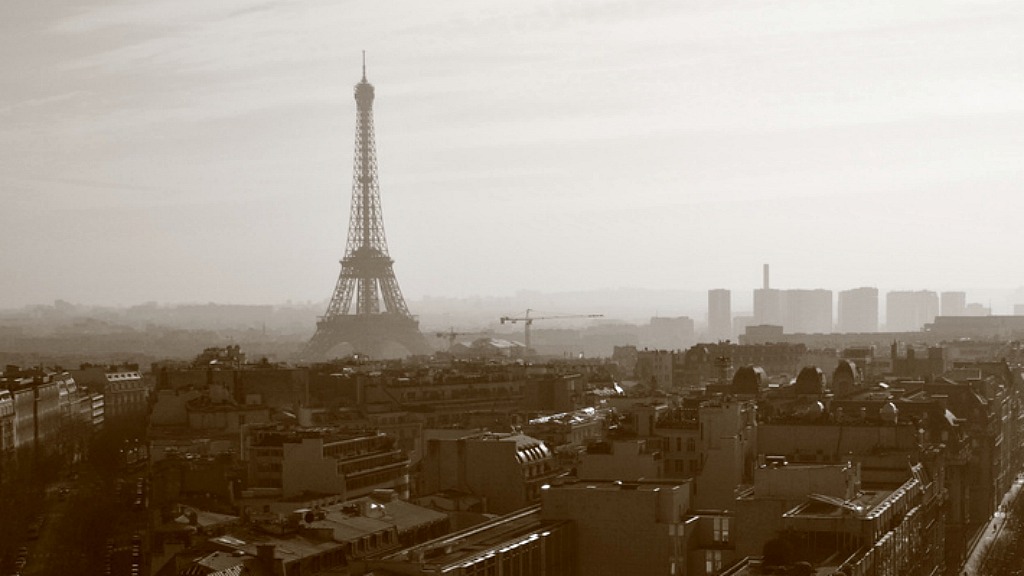Send your question to Umbra!
Q. Would you explain the environmental impact of my drinking coffee? I am a coffee fiend, and I am concerned that forests and the like are being decimated so I may have my several cups of joe per day.
Caffeinatedly Yours,
Regina M.
Mattapoisett, Mass.
A. Dearest Regina,
You’re in good company with your jones for caffeine: With 83 percent of Americans reporting they enjoy a cuppa now and then (which translates to 400 million cups per day!), coffee may as well be our national drug. But as you suspect, your daily joe has its dark side. If you’re not up for quitting the stuff — sssh, they might revoke my Seattle residency for that — let’s first take a look at the damage, then consider how we can sip more responsibly.
A little history lesson: Coffee beans are actually the seeds of the Coffea plant, largely cultivated in equatorial regions around the globe. Traditionally, these shrubs grew under a shaded forest canopy, which preserved habitat for other plant and animal species and generally maintained ecological order. Then, in the ’70s, a new, high-yield, sun-grown coffee variety hit the scene, and producers realized they’d make more money if they clear-cut the forests to make way for the more prolific sun-grown plantations.
This shift proved devastating for many tropical ecosystems — without the protective canopy growing over coffee farms, biodiversity plummeted and erosion became a problem. The new growing method also required loads of fertilizers and pesticides (which in turn boosted greenhouse gas emissions). Birds in particular are affected by this razing of the rainforest — namely, migratory songbirds that traditionally find winter habitat in tropical zones. This system is no picnic for farm workers, either, who often take home a mere fraction of the coffee’s retail price.
Leaves a bit of a bitter taste in your mouth, doesn’t it? And we haven’t even gotten into the processing stages yet. After picking, the coffee beans are either spread in the sun to dry — the dry method — or pulped and rinsed in a water-intensive process called the wet method. The beans then get a one-way ticket from the equator to caffeine-guzzling countries around the world, so we must add all the carbon-emitting implications of global shipping to the picture. Then they’re roasted, a process that emits particulate matter and volatile organic compounds. Finally, they make their way to your kitchen, where you draw electricity to brew your morning mug.
Fortunately for you, Regina (and all the other java fiends out there), it’s possible to find a latte that lies lighter on the land — not all coffee plantations are sun-bleached environmental wastelands. Several well-respected third-party certification systems exist to help you choose the most sustainable brews. Of these, the one with the highest standards is Bird Friendly, run by the Smithsonian Migratory Bird Center. To earn this badge, the beans must have been grown under a forest canopy (at least 40 percent cover, minimum 11 species of trees, and at least 39 feet tall); and because the term “shade-grown” doesn’t necessarily mean anything, it’s really the best bet for preserving rainforests. Bird Friendly certification also requires the beans to be organic, thus solving the problems associated with synthetic fertilizers and pesticides.
It probably won’t surprise you to hear that Bird Friendly brews are a little pricier than other brands, but I think the investment is well worth it. The other downside is that these coffees can be harder to find (only a fraction of suppliers qualify for the strict standards), though you can search for local retailers here.
The other biggies in the coffee-certification game are Fair Trade and Rainforest Alliance. Fair Trade deals with the human side of things to ensure that farm co-ops receive a decent price. Rainforest Alliance certification also requires alternatives to pesticides, ecosystem protections, water restrictions, and shade, but it’s not as demanding as Bird Friendly.
Before I let you go to sip that mocha in peace, Regina, a few more tips: In the absence of any of those certifications, choose 100 percent Arabica beans over cheaper, harsher, sun-grown robusta (a brand using robusta won’t advertise it, so look for one touting its Arabica bona fides). Seek out and support smaller local roasters who have real relationships with the farmers who grow their beans. Ditto for sustainably minded coffee shops (don’t forget your reusable thermos!).
In short: Choose your coffee wisely, and you shouldn’t have to lose any more sleep over your morning wake-up.
Shadily,
Umbra



